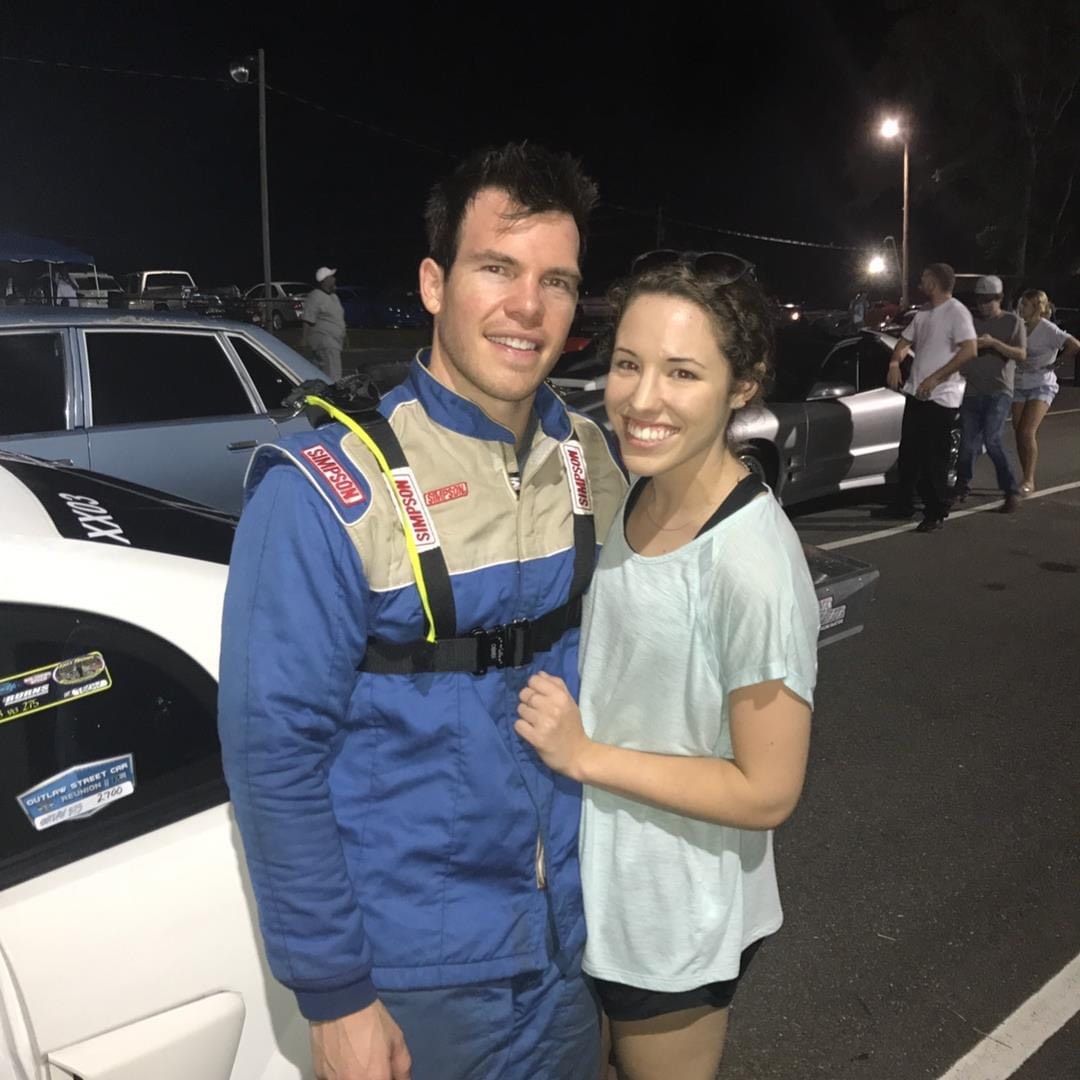As a race car driver myself, I am aware of potential injury and I do my best to take every protective measure possible. It is very common for race car drivers (or anyone behind the wheel of a car) to sustain injuries to or around their spine if they are involved in an accident. These injuries can be debilitating or life threatening.

Some of the more common spine injuries
associated with car accidents are whiplash injuries which can damage the
ligaments, tendons, and joints. Other possible injuries include:
- Disc related issues—disc bulges or herniations which can cause weakness or numbness along with other long term complications
- Vertebral fractures
- Spinal cord injury
Due to the seriousness of the injuries that could be sustained during racing, several safety features have been put into place in my personal race car and throughout the sport as a whole.
The Roll Cage
The roll cage in a race car is designed to withstand impact, protect the driver's compartment and disperse the force away from the driver as much as possible. The goal is to reduce the blunt force a driver may experience in a wreck.
The Seat
The seat in a race car is typically specific to the driver. A custom or well fit racing seat can protect the driver and limit movement in the case of a crash. In the past, deaths have occurred where drivers still in their seats were thrown from the car. In order to prevent these types of accidents, NASCAR and other sanctioning bodies now require seats to be directly attached to the roll cage in multiple locations.
Safety Harness/Seatbelts
The safety harness in my race car, and in NASCAR, is a 5-point harness. There are two straps that come over the shoulders, two straps around the waist, and one strap between the legs. This is designed to keep the driver tightly in the seat and to allow the driver to slow down with the car in the scenario of a wreck. This works with a neck restraint system, such as the HANS device, which keeps the driver's head and body in line. In the instance of a crash, these safety features decrease the likelihood of whiplash or other serious injuries.
While we are not all race car drivers, it is still important to remember accidents happen on the road all the time. To help prevent accident related injuries always wear your seat belt, be sure to sit in your seat properly, and if you are the driver make sure your steering wheel and mirrors are properly adjusted before leaving home.
